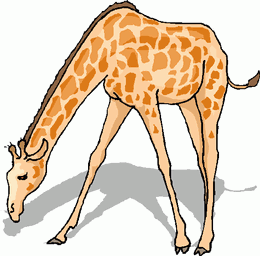True Wild Life | Okinawa Rail | The Okinawa Rail is a flightless bird that only lives on the main island of Okinawa. It is endemic to Okinawa Island in Japan where it is known as the Yanbaru Kuina. Its existence was only confirmed in 1978 and it was formally described in 1981 although unidentified rails had been recorded on the island since at least 1973 and local stories of a bird known as the agachi kumira may refer to this species.
It is a medium-sized and almost flightless rail with short wings and tail, olive-brown upperparts, black underparts with white bars and a red bill and legs. It occurs in subtropical moist forests and in neighbouring habitats. It nests and feeds on the ground but usually roosts in trees. It is classified as an endangered species and is threatened by habitat loss and introduced predators.
The Okinawa Rail is a poor flyer but it can run rapidly. It spends most of its time on the ground but usually roosts in trees, climbing up to sleep on a branch or sloping trunk. In the morning, it preens and stretches before dropping straight to the ground. It is usually found in dense cover but comes into the open to bathe. It bathes for short bouts of 2-4 minutes before preening for 4-20 minutes. It feeds on lizards, amphibians, snails and large insects such as locusts. Food is mainly taken from the forest floor but may also be taken from shallow water.
The Okinawa Rail is in great danger of disappearing for other reasons: forests clearing and traffic accidents. But the conservation activities have not progressed much. One reason is that nobody really understands how the Okinawa Rail lives. Without knowing well about the creature, like where the Okinawa Rail lives, what it eats, or how it raises its children, and how far it travels, people cannot move forward with the conservation activities. Besides the Okinawa Rail, there are many other kinds of flightless birds that are suffering from the outside animals in which human have brought in.


















































